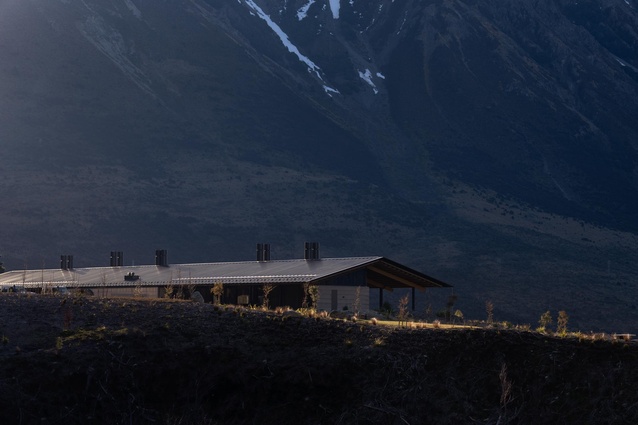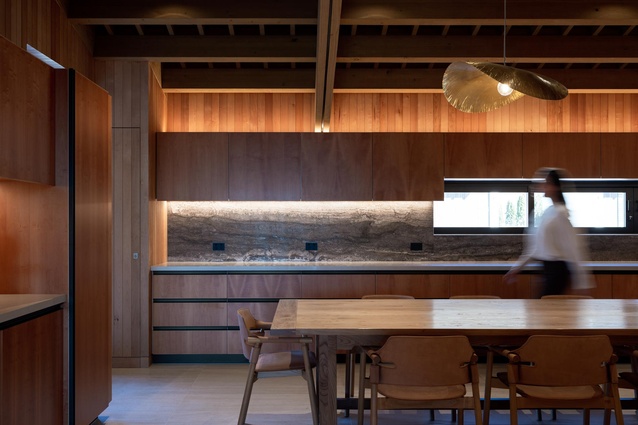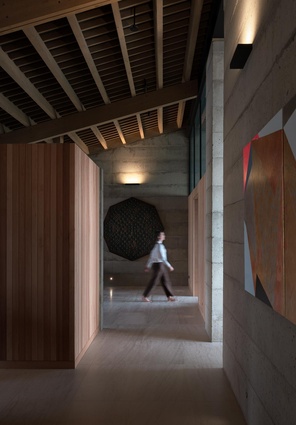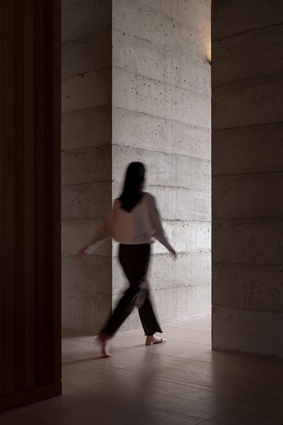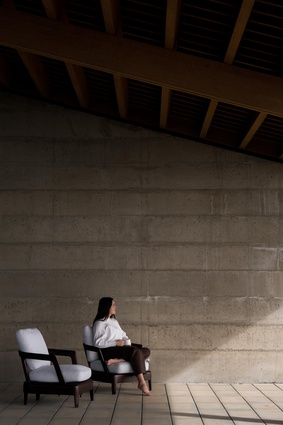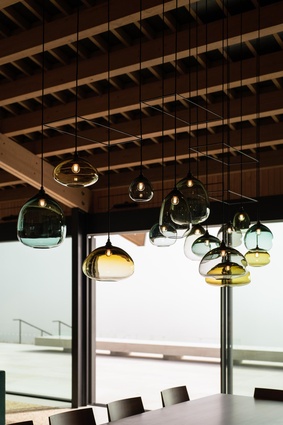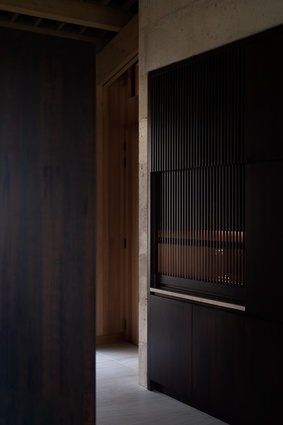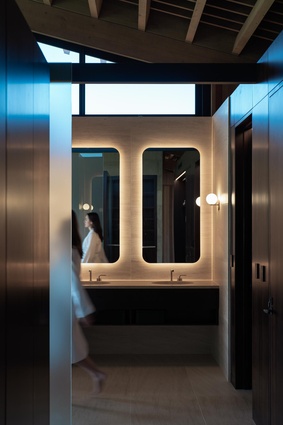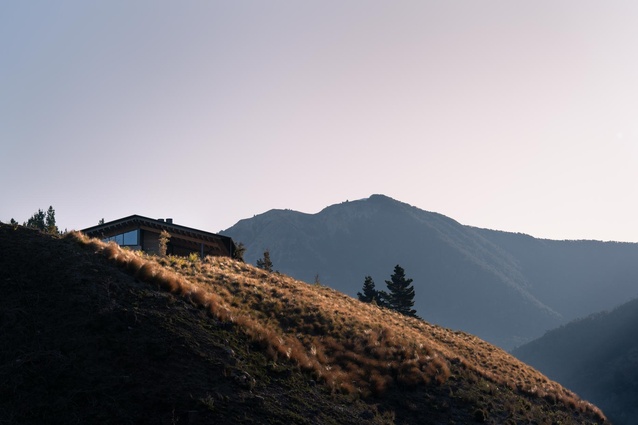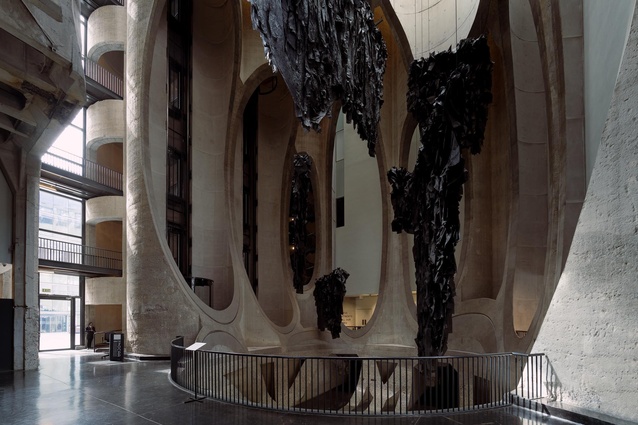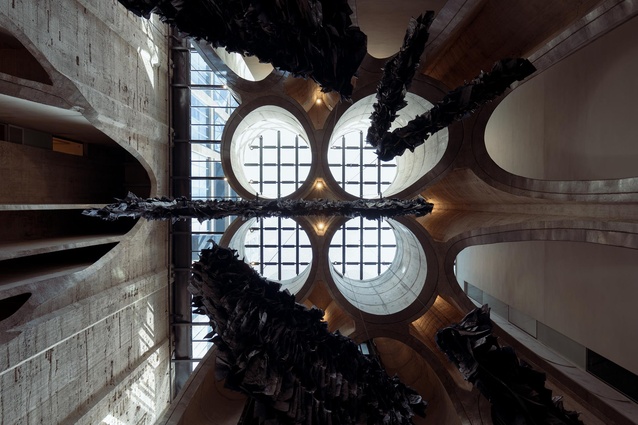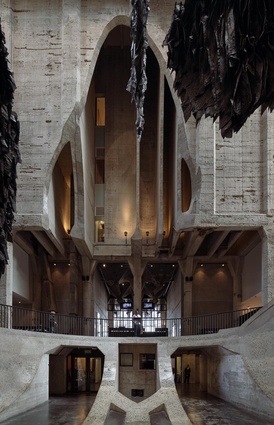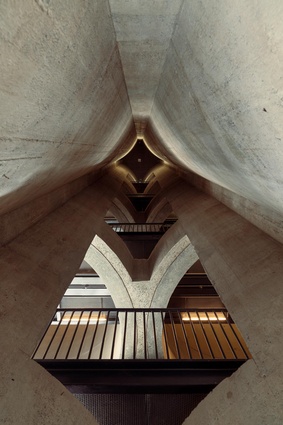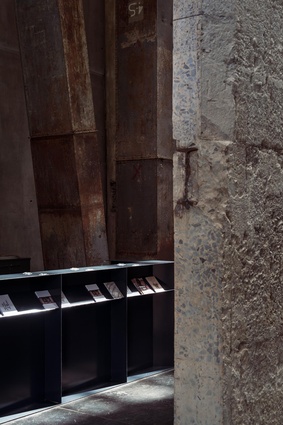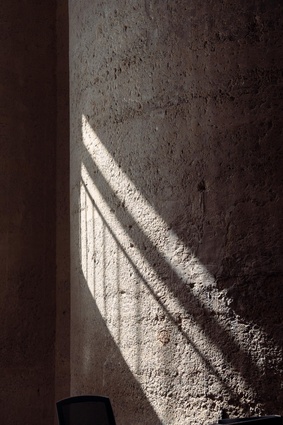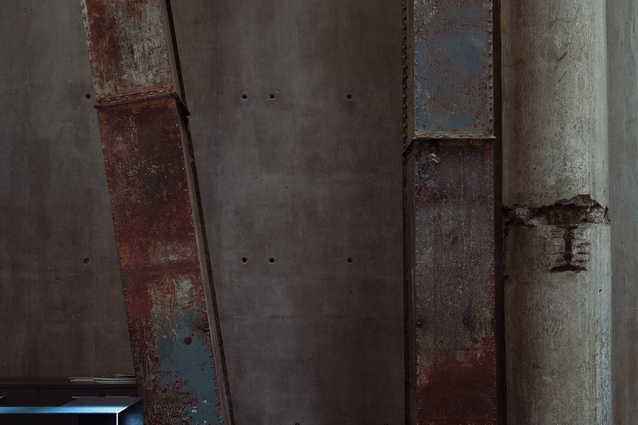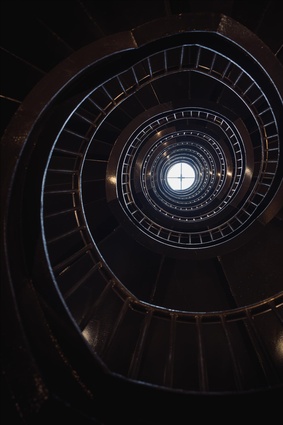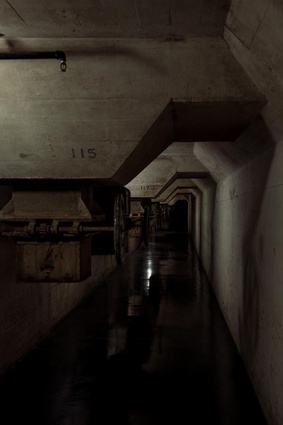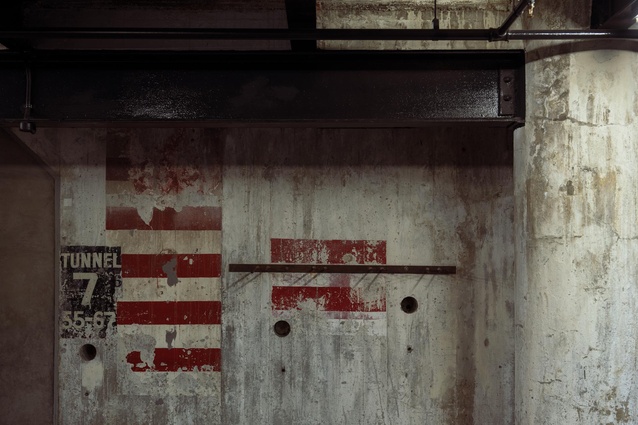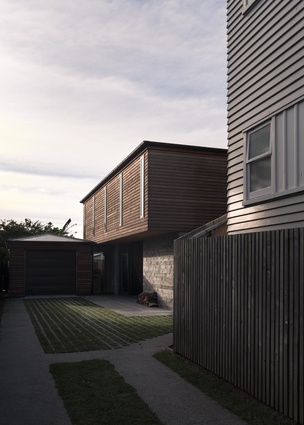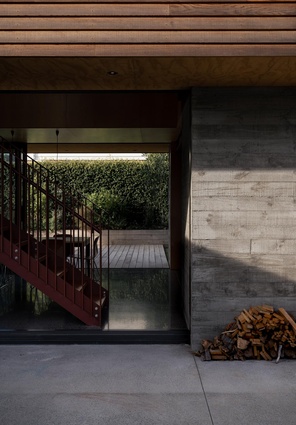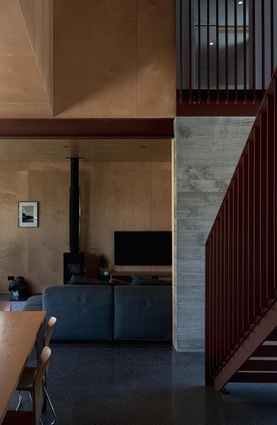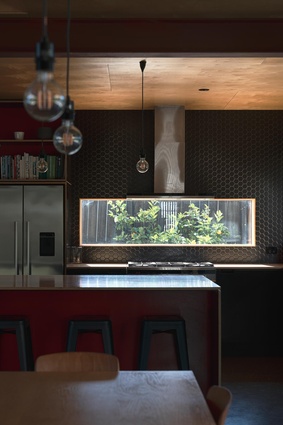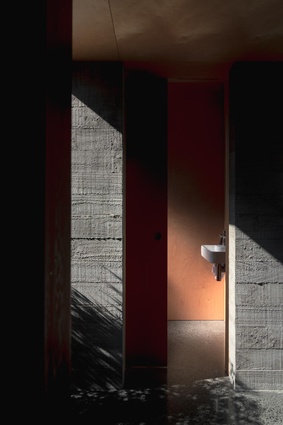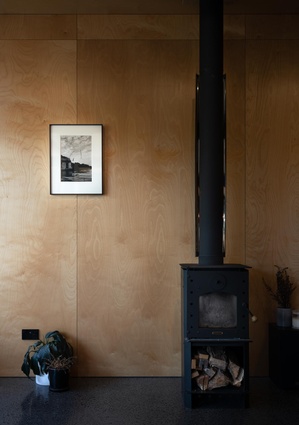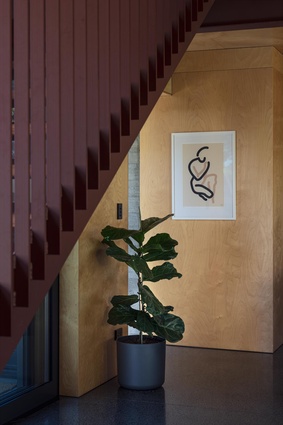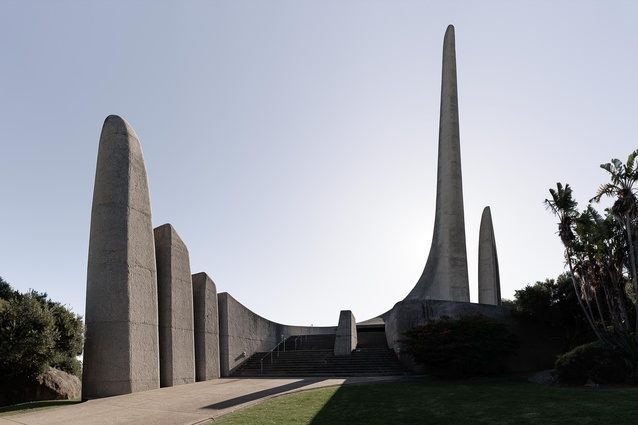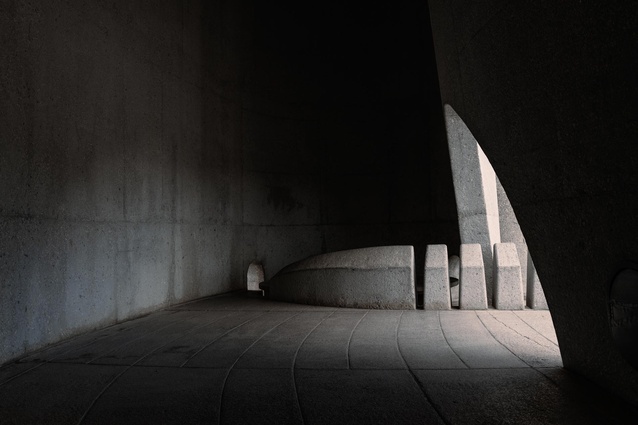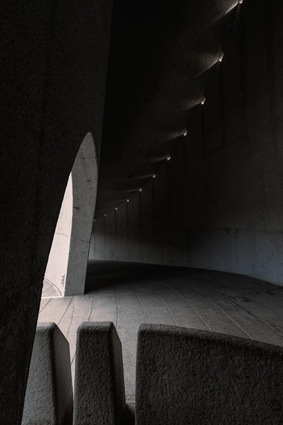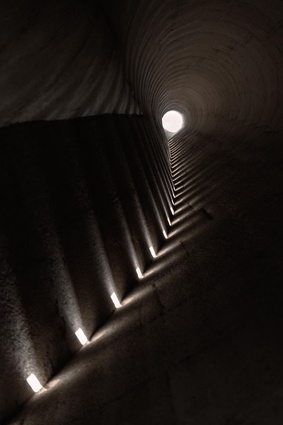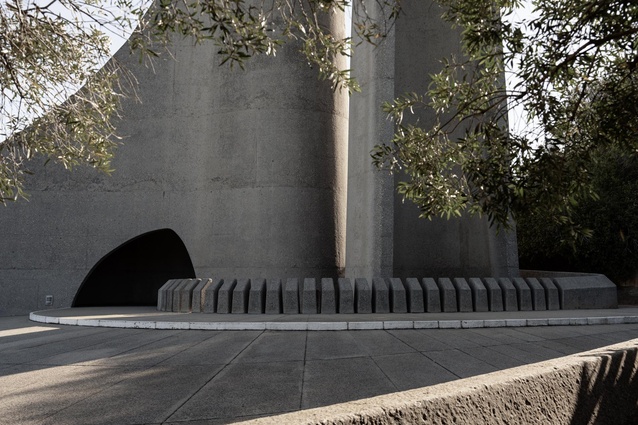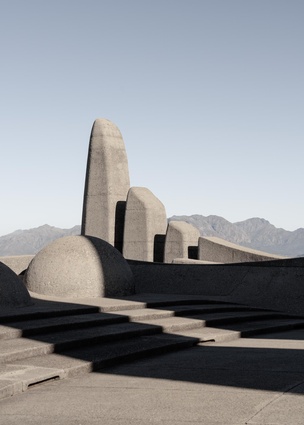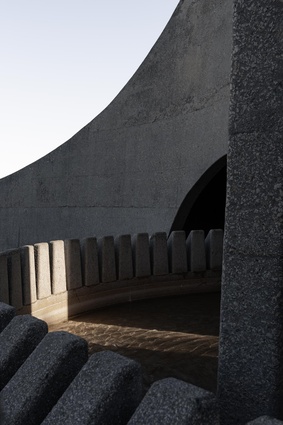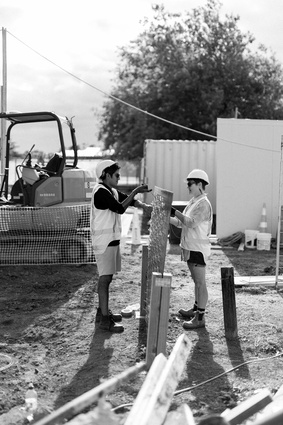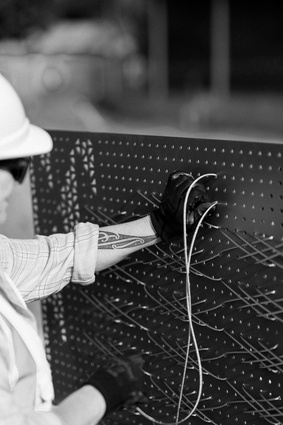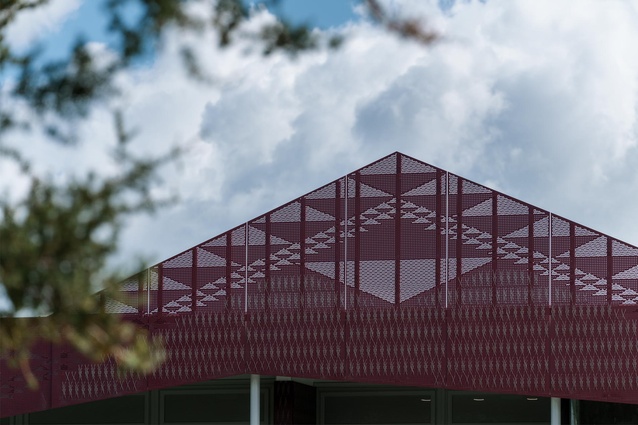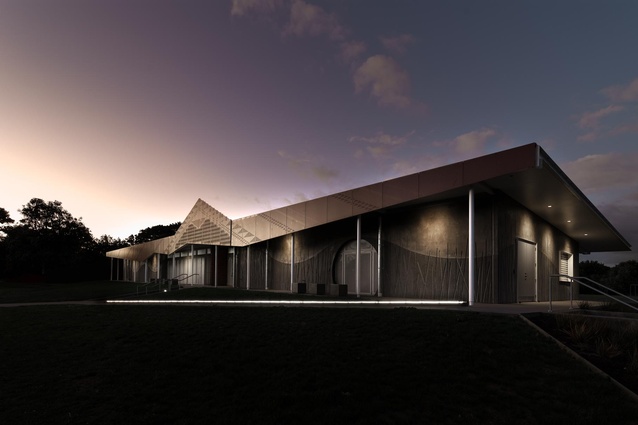Viewfinder: Top five with Barry Tobin
Having trained and worked as an architectural technician in Cape Town, South Africa, photographer Barry Tobin moved to Auckland almost two decades ago. He arrived with every intention of furthering his architectural studies but then “life happened in rapid succession” and those plans have remained on hold.
Tell us about your five favourite projects. What stands out about each of these in particular?
1. Flock Hill Homestead, Warren and Mahoney Architects. I’ve been privileged to shoot multiple commissions for Warren and Mahoney, two of which have ended up as Architecture NZ cover features – always a privilege but especially so for a relative newcomer like myself. This project was the first of those. That would be reason enough for inclusion on this list but the experience of spending two days photographing a building of this quality in such a special setting, vibing with a team of creatives, is something I would gladly replicate many times over. Stylistically, I felt like I was in my element, playing off the stark contrasts between light and shadow in a building that readily lends itself to how I like to frame things.
2. Zeitz MOCAA – Museum of Contemporary Art Africa, Heatherwick Studio. A self directed shoot while abroad, I’d visited another one of Heatherwick Studios projects just days before — the Learning Hub, NTU Singapore (or ‘The Hive’ as it’s more commonly known) — en route to Cape Town. These buildings would’ve been in design around the same time and it was fascinating to notice the crossover of design motifs between them. A decommissioned complex of grain silos under threat of demolition repurposed as an art gallery and high-end hotel; this project is as fine an example of adaptive re-use as you’re likely to encounter and has become the anchor project for the rejuvenation of a formerly derelict zone within the city’s waterfront precinct.
Just like the Singapore project, this building is a high drama play on transitions between light and dark and scale and volume. One minute you’re navigating the low-light rabbit warren of what used to be oppressively cramped service tunnels at the base of the 57m-high silos, only to abruptly transition into the enormous — and light filled — volume of the main atrium. Throughout the building, evidence of its industrial past have been preserved, complete with the patina of years of usage followed by years of neglect creating features of almost accidental, utilitarian beauty. As I remember joking with a friend after visiting… the art’s pretty good, too!
3. GI House, RATA Architecture + Design. This one goes back a little while and was the first of a few projects I’ve shot for Rata. It retains a certain sentimental value because, as any independent creative starting out will know, getting new clients to invest faith in you can sometimes be an uphill battle. That this shoot has subsequently resulted in forging a valued working relationship is a bonus. Sentiment aside, I enjoy the honest, textural materiality of this project and how conditions came together on the day to allow me to indulge my love of shadows. A sort of architectural chiaroscuro perhaps?
4. Afrikaans Language Monument, Jan van Wijk. Another self-directed shoot while on holiday in South Africa earlier this year, this was a politically charged work if ever there was one.
The monument is located 60kms outside of Cape Town and was commissioned to commemorate the semi-centenary of Afrikaans being declared the state language of South Africa and, moreover, to symbolise the cultural and political potency of the language at the height of apartheid. As a person of colour born into that oppressive system, the symbolic weight of the building isn’t lost on me. Yet, long since removed from that context, I could extricate myself to appreciate it for what it is.
Cast from a concrete aggregate of locally quarried granite and sand to reflect the texture and appearance of enormous granite boulders on its hilltop site, up close it gives the sense of being hewn from solid rock. Yet, by employing sweeping forms, light-play, water and planting, the architect has mitigated potentially imposing severity and created an engaging experience that’s more sculpture than building.
5. Ngāti Ōtara Park Multisport Clubrooms, Pacific Environments. This project was a collaboration between Pacific Environments and multi-disciplinary artist Tessa Aroha Harris (Ngāi Tai Ki Tāmaki) who designed and wove the feature tukutuku panels on the façade with volunteer help from one of the architectural team. I was invited to document the weaving process and, eventually, the finished project.
To me, projects like this one underscore the importance of community-facing architecture and design, particularly in traditionally underserved areas. Not only for the power of architecture to uplift but, also, perhaps inspire future practitioners who may not otherwise engage with architectural work.
How did you enter the world of photography? Did you always have an interest in architecture or has that evolved over time?
I’m a self-taught photographer. I bought my first ‘proper’ camera when my kids were born and, at that point, my only intention was to do a better job of documenting family life but I got the shutter bug something wicked and things evolved from there. I experimented with various genres but eventually settled into abstracting landscapes and architecture.
I suppose that photographing architecture commercially came fairly naturally, since my primary occupation is still in architectural practice, so it feels like an extension of subject matter I already have an affinity and appreciation for.
How do you go about capturing a space?
My process begins long before shoot day, covering off site orientation to figure out where the light will be and when, potential vantage points and which elements the architect may want prioritised. This way, I can storyboard how a set of images might come together as a sort of photographic essay of the project. Ideally, I do like a set of images to feel ‘of a piece’.
On shoot day, I’m starting to get better at taking the time to walk through the building and location before shooting the first frame. I used to get someplace and just start clicking out of fear I wouldn’t cover enough. And, even though I consider the process of photographing a building to be slow, methodical and considered, the spontaneity of responding to ‘moment’ as conditions change or opportune shots occur may mean working quite quickly, even a little frantically at times. So, above all else, I aim to remain aware and responsive.
Left to my own devices, my natural inclination isn’t to shoot wide, unless appropriate. I prefer tighter vignettes because it fits my natural inclination towards abstraction and results in a more curated frame and I’ll take any opportunity that presents to let documentary and fine art imperatives overlap.
What inspires you outside of work?
Music. I’ve been an audiophile geek for ages now but I love music first and foremost. If there’s music on, I find it impossible to relegate it to background noise and, to me, a piece of music is second only to a photograph in its ability to galvanise memory and place. Second – despite being a secret, chronic introvert – I find being around people who have found their lane and are confidently applying their talent, humour and energy to create genuinely inspiring.
Are there any projects or project types that you’d be keen to photograph but haven’t had the opportunity to yet?
I’m always interested in creating bodies of work so I could see myself doing a dedicated photo essay as a personal project. I constantly annoy my family on road trips, wanting to pull off and photograph proud but modest buildings as we pass through small towns. Finding quiet beauty in the ordinary perhaps?

